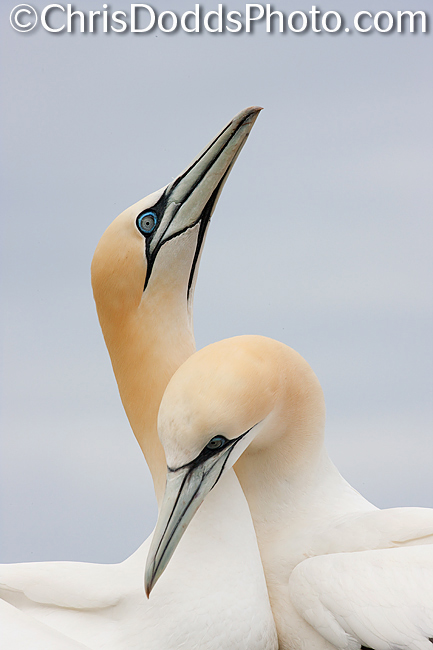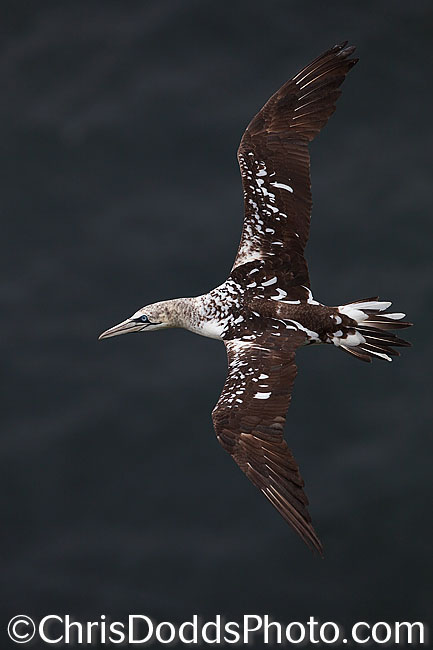 Northern Parula Male , Parula americana (Paruline à collier) Point Pelee National Park of Canada (Southwestern Ontario, Canada). Image Copyright ©Christopher Dodds www.chrisdoddsphoto.com All Rights Reserved. Canon EOS-1D MKIII, 500mm F4L IS USM and 2X II Tele-extender. ISO 400, 1/500s F9 Manual mode. Canon 580 EX II Flash in manual mode. Tripod and Wimberley Head II. CLICK HERE TO PURCHASE A PRINT or LICENSE IMAGE FOR PUBLICATION.
Northern Parula Male , Parula americana (Paruline à collier) Point Pelee National Park of Canada (Southwestern Ontario, Canada). Image Copyright ©Christopher Dodds www.chrisdoddsphoto.com All Rights Reserved. Canon EOS-1D MKIII, 500mm F4L IS USM and 2X II Tele-extender. ISO 400, 1/500s F9 Manual mode. Canon 580 EX II Flash in manual mode. Tripod and Wimberley Head II. CLICK HERE TO PURCHASE A PRINT or LICENSE IMAGE FOR PUBLICATION.
Just going through some images from last year's Point Pelee bird photography workshop while preparing for this years. Photographing migrant Warblers is probably the most challenging type of bird photography; there is no food, bird calls or water drips to attract your subject. There's no choosing nice perches, and choosing great backgrounds is a result of your ability to move faster than your speedy subject. Migrant bird photography at a place like Pelee can be quite rewarding, though, many of the tree-top dwellers forage for fuel at near eye-level while migrating. The total number of bird species recorded at Point Pelee is 372, of which at least 340 of these species have been recorded during the spring migration period. The stream of birds in the spring is not a steady flow from the south. The birds usually arrive in intermittent waves, a pattern unique to eastern North America. In some years these are well marked but, in others the fluctuations in numbers and variety is so meagre that a wave in difficult to detect. A "wave" occurs as a result of a warm weather front advancing from the south or southeast meeting a cold weather front from the north or northwest. Two situations will cause the birds to descend. One is when the two fronts meet at ground level. The other is when a warm front in which migrating birds are flying overrides a cold front. The rising warm air becomes cooler with the increasing altitude until it is finally too cold for the birds and they descend.
If these nocturnal (night-time) migrants find themselves over Lake Erie near sunrise they must continue onwards or drown. After flying perhaps hundreds of kilometres in one night, it is this extra 30 to 40 kilometres across the lake that really demands their last strength. This explains why exhausted birds are sometimes found at the tip of the Point. A similar situation, but on a larger scale, occurs when migrants cross the 800 to 1000 kilometres of the Gulf of Mexico. If the weather is good they continue inland in one continuous flight without stopping, but with a north wind and rain they descend on the coast in great numbers, often in an exhausted state.
Do consider joining me at Point Pelee National Park this May 8-12, 2010 as I still have two spots available due to last minute cancellation. More information can be found HERE.

Canon Professional Service Revamped in Canada
Canon Canada has announced their revamped paid CPS program. Choose between Gold and platinum paid levels HERE. It seems to me that we are getting more for less, when compared the the Canon USA CPS program HERE while the Canon EUROPE CPS program is currently still offered FREE HERE.
There's a rumor circulating in Canada that the current discount on professional camera bodies and L Series lenses that Canadian CPS members currently enjoy will no longer be offered; this because there is no mention of it on the new CPS web site. Well my sources at Canon Canada tell me that CPS benefits never really did include a discount, it was offered to CPS members by the Canon Canada marketing people to offset the currency exchange rate that sent many pros across the border into the USA to shop. The good new is that the discount is still offered, and that there is no forseen end to it.
Nikon professional services, or NPS, in the USA is offered FREE HERE, in Canada, it's FREE HERE and in Europe (Nikon Professional User) it's FREE HERE











